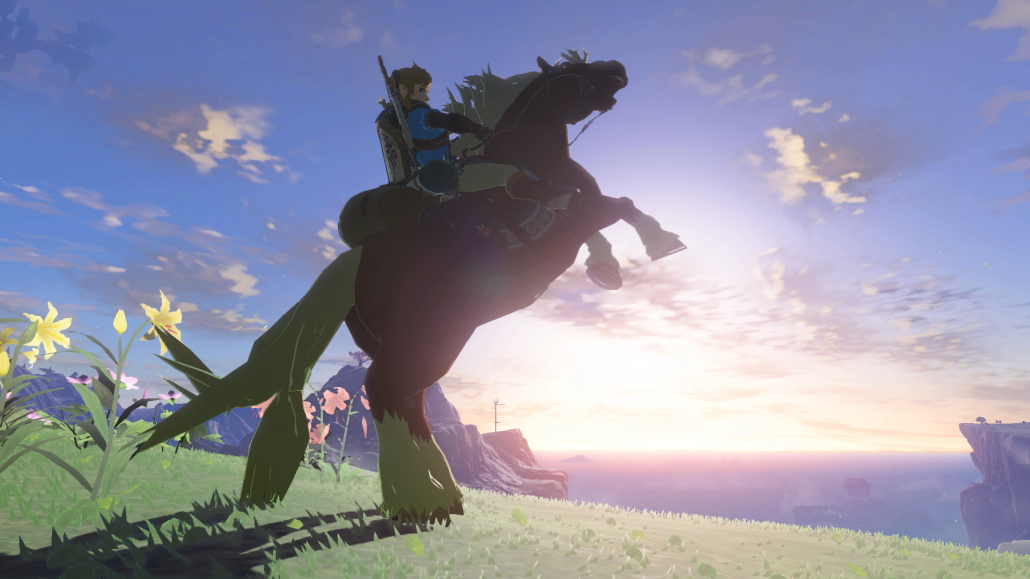The gaming villain of the year

Boss-fight junkies know that worthy fights are hard to find. After taking on numerous challenges, such as “Bloodborne” and “Elden Ring,” players are left with the nagging question: “What makes a video game boss fight truly perfect?”
Is it the challenge? The theme? What makes a user walk out of a boss chamber with their mouth agape?
At the end of the day, this question is truly subjective. Fans of different franchises will value different mechanics, like how “Soulsborne” fans prefer a challenge that makes the player want to rip their hair out, and how “God of War” fans expect an experience with epic scale and score.
To produce a perfect boss fight, one must find a balance between all elements that make a boss memorable.Sister Friede and Father Ariandel in the “Dark Souls 3” DLC stuck with players for their battle’s phenomenal score, impossible difficulty and climactic conclusion. The Rat King from “The Last of Us 2” still lives in infamy in the hearts of fans for its shocking entrance, disgusting design and imposing challenge. Many believe Malenia, Blade of Miquella from “Elden Ring,” is one of the hardest bosses ever designed because of her brutal fight combining a tragically beautiful model and move set with an unforgettable soundtrack.
Though all of these fights grasp the details that make a boss fight good, they cater to a different audience than Nintendo does, given their graphical and thematic departure from Nintendo’s cartoony style. With the recent release of “The Legend of Zelda: Tears of the Kingdom,” Nintendo has proven that it, too, can make a boss of the same caliber as those previously mentioned, introducing us to Demon King Ganondorf.
Link’s battle against the Demon King in “Tears of the Kingdom” is by far one of the most impressive boss battles released in recent years. The fight sacrifices absolutely nothing, each detail meticulously designed to maximize the experience of the user. An epic, memorable boss fight must possess four crucial details: memorable build-up, substantial challenge, amazing score and unique, shocking moments that the player will remember far after completing the game.
“Tears of the Kingdom” never dances around who the final boss will be. From the very beginning of the game, it’s clear from NPC dialogue and the memories strewn across Hyrule that Ganondorf will be Link’-s final foe in this title. Though this is standard for a Zelda game, it sets Ganondorf on a pedestal of power already partially constructed by the events of the previous installment.
As the player obtains more memories and progresses further in the story, Ganondorf’s presence only presents itself as more formidable. Many games already do this with their main antagonists, like Odin in “God of War: Ragnarök” or Bowser in most Mario titles. “Tears of the Kingdom” sets Ganondorf apart and takes advantage of this rising action to implement one of the most memorable build-ups to a final boss ever.
As the player ventures beneath Hyrule castle in search of Ganondorf, they are met with a maze of increasingly powerful enemies, each one more fearsome than the previous. With each cleared room, the music swells, leading all the way up to the final room: a chasm with a bit of stone jutting out, resembling the stone that Link leapt off at the very beginning of the game.
As Link positions himself at the edge of this stone, the music climaxes in a reprise of the theme that played during the first cutscene, a simple button prompt appearing in the UI next to Link: Jump. Though a summary could never do this moment justice, the build-up is a gut punch, one that grips the user and refuses to let them look away. This lead-in to the boss fight would never have worked without the careful combination of narrative build-up, calculated level design and a jaw-dropping score.
In both “Breath of the Wild” and “Tears of the Kingdom,” Link has a unique ability called “Flurry Rush.” Essentially, when the player dodges at just the right moment while in combat, Link can enter bullet time and decimate his foe at lightning speed. This skill is a crucial part of modern Zelda combat, and Link is the only person in the games with the ability to perform it. Until now.
Ganondorf dodges attacks and enters bullet time leaving opponents nothing short of shell-shocked. In that one moment, the player has one of their most valuable skills snatched and turned against them, creating a perfect, shocking moment for the user.
This is not the only surprise the player encounters during this fight. Not only does Ganondorf have startling elements up his sleeve, but so do the UI developers. After defeating his first phase, Demon King Ganondorf morphs into a far more formidable form, refilling his health bar in the process.
However, as the health UI slowly refills, it just … doesn’t stop. The Demon King’s health bar stretches far past his title, leaving the UI ridiculously lopsided and incredibly intimidating. This clever use of on-screen UI heightens the tension of the climax.
These shocking elements, combined with the score blaring in the background, leave players in awe of this boss fight’s design. Even without mentioning the final phase, the first three phases of this fight are nothing short of a masterclass in boss design. It will be a very long time before we see another boss fight at this level of epic scale and polish — or at least until the “Elden Ring” DLC releases.

